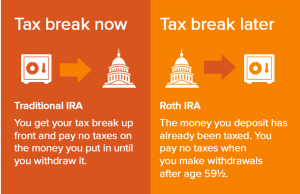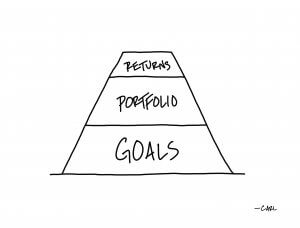
Contributing to Your 401(k) in 2021
RetirementFeb 11, 2021
The contribution limits for 401(k), 403(b) and 457 plans remain unchanged in 2021 at $19,500 for savers that are under 50. For those that are 50 and older, an additional $6500 can be added for a total contribution of $26,000. These limits apply to traditional contributions, Roth contributions or a combination of both. It is worth noting that no matter how you contribute, the aggregate total cannot exceed the limits.
If you are fortunate enough to be able to contribute the maximum, then you should take advantage of it. If you are not even close to being able to max it out, that is completely fine as well. No matter where you stand, it is most important that you participate on some level. While there are maximum contributions, there are no minimum contributions. Whatever amount you are able to put in will leave you with more than you would have had without participating. Furthermore, the funds that you do contribute will allow you to take advantage of the power of compounding.
Many retirement plan providers have technology that lets you add automatic escalation to your contribution. This will help you build up your contribution rate in small increments over time. For example, you can start at 2% to get the ball rolling and then commit to increasing by 1% each year until your contribution rate reaches 6% (or a higher rate of your choosing). This enables you to get started without putting too much stress on your monthly cash flow and the annual increases do make a significant difference over time.
Let’s close out with an example. Employee A and Employee B both have a $50,000 annual salary with no bonuses or annual increases. Their employer matches 50% of the employee contribution up to a 6% contribution. We’ll assume a 6% average annual return on their investments*. Employee A starts contributing at 2% and increases the contribution each year by 1% until it reaches 6% to fully take advantage of the match. Employee B starts at 3% and never changes it. Both employees have a 30-year time horizon. Employee A ends up with over $300k while Employee B finishes with less than $200k.
While both balances are significant and will help the employees retire, Employee B ends up with 50% more than Employee A by putting a system in place to maximize the employer match. Maybe Employee A had different circumstances and couldn’t afford to do more than the 3%. That is fine. He still has almost $200k more than he would have if he chose not to contribute. The point is that whether you make $30k, $50k or over $100k, don’t put off contributing to your 401(k). The barriers to entry are low. No matter how much or how little you end up contributing, it will add up in the long run.
* The return is not guaranteed. It is simply a hypothetical return used to run the projections.


